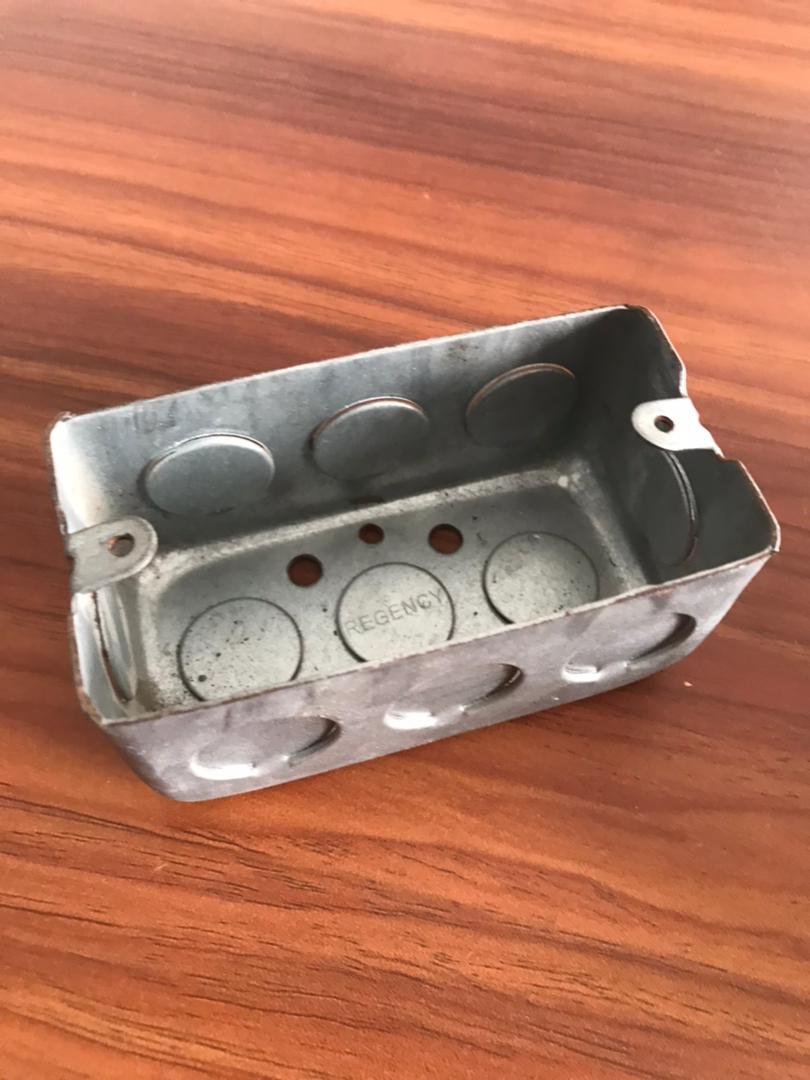
The Importance and Evolution of Cold Roll Forming Machines
Cold roll forming machines have become an integral part of modern manufacturing processes, especially in industries that require the production of long, continuous metal shapes. These machines utilize the cold working process to shape metal sheets into various profiles, which can then be utilized in construction, automotive, and many other sectors.
What is Cold Roll Forming?
Cold roll forming is a metalworking process that involves reshaping sheet metal into a desired cross-sectional profile at room temperature. Unlike traditional machining processes, which remove material to achieve the end product, cold roll forming continuously bends and forms metal strips into shapes such as channels, frames, and beams. This method is energy-efficient and allows for high production rates, making it a popular choice for manufacturers.
Key Advantages of Cold Roll Forming Machines
1. Dimensional Accuracy One of the primary benefits of cold roll forming is the precision it offers. The machines are designed to produce components with tight tolerances, ensuring that the final product meets or exceeds specifications. This accuracy is critical in industries like automotive and aerospace, where even minor discrepancies can lead to significant problems.
2. Material Efficiency Cold roll forming minimizes waste. As the process involves bending rather than cutting away material, manufacturers can utilize nearly 100% of the raw material. This characteristic not only reduces costs but also contributes to more sustainable manufacturing practices.
3. High Production Rates Cold roll forming machines can produce profiles at a rapid pace, often exceeding the output of traditional metal fabrication methods. This high efficiency helps manufacturers meet market demands without compromising quality.
4. Versatility Cold roll forming machines are capable of producing a diverse range of shapes and sizes. From simple angles to complex custom designs, these machines can accommodate various applications and industries, making them highly adaptable.
5. Improved Mechanical Properties The cold working process enhances the mechanical properties of the metal, resulting in increased strength and durability. As the metal is shaped, the grain structure is refined, leading to better performance in structural applications.
The Evolution of Cold Roll Forming Technology

The technology behind cold roll forming machines has evolved significantly over the years. Advances in computer-aided design (CAD) and computer numerical control (CNC) have enabled manufacturers to create more complex profiles with greater ease and speed. Modern machines can be programmed to produce different shapes with minimal downtime, facilitating quick changeovers in production lines.
Moreover, the development of hydraulic and servo-electric drive systems has improved the efficiency and precision of these machines. These systems allow for better control of the forming process, leading to enhanced product quality and reduced wear on the machinery.
Applications of Cold Roll Forming
The applications of cold roll forming are vast and varied. In the construction industry, cold-formed steel sections are commonly used in the framing of buildings, providing strength and stability while remaining lightweight. In the automotive industry, components such as bumpers, brackets, and reinforcements are often produced using cold roll forming to ensure they meet stringent safety and performance standards.
Other sectors, including electrical, HVAC, and agricultural industries, also benefit from the versatility of cold roll forming machines. By producing custom profiles tailored to specific applications, manufacturers can meet diverse market needs effectively.
Future Trends in Cold Roll Forming
As industries continue to push for greater efficiency and sustainability, the demand for advanced cold roll forming machines is expected to grow. Innovations such as smart manufacturing, automation, and the integration of artificial intelligence into production processes will likely enhance the capabilities of these machines.
Additionally, the trend towards lightweight and high-strength materials is pushing manufacturers to explore new alloys and materials in cold roll forming. This evolution will not only expand the applications but also improve the performance of cold-formed products in various demanding environments.
Conclusion
Cold roll forming machines play a crucial role in modern manufacturing, combining precision, efficiency, and adaptability. As technology continues to advance, these machines will likely become even more integral to producing high-quality metal components for an array of industries. Their ability to produce complex shapes with minimal waste aligns well with the growing emphasis on sustainability and innovation in manufacturing, ensuring that cold roll forming remains a vital process for years to come.